Artenara, from Here to Eternity
Artenara, located at Gran Canaria’s summit, keeps alive a unique tradition linked to the heart of the volcanic rock, of a purity hard to find in today’s day and age.
The artist Miró Mainou used to search the light looking for the truth. Maybe for this reason he settled in Artenara for over a decade, a village where life draws every day on a canvas of light and calm, the customary stage of a village nestled on the border of a colossal volcanic basin and the doors to Heaven. Here, Mainou’s brushes found the light, and here he won the Canary Islands Fine Arts Award, when he portrayed in lights and shadows the essence of the landscape, in paintings such as ‘Cumbre’ (‘Summit’). Nowadays, the mural painted by the students of Gran Canaria’s School of Art & Design recreates the piece on the façade of the house where the artist lived between 1977 and 1989.
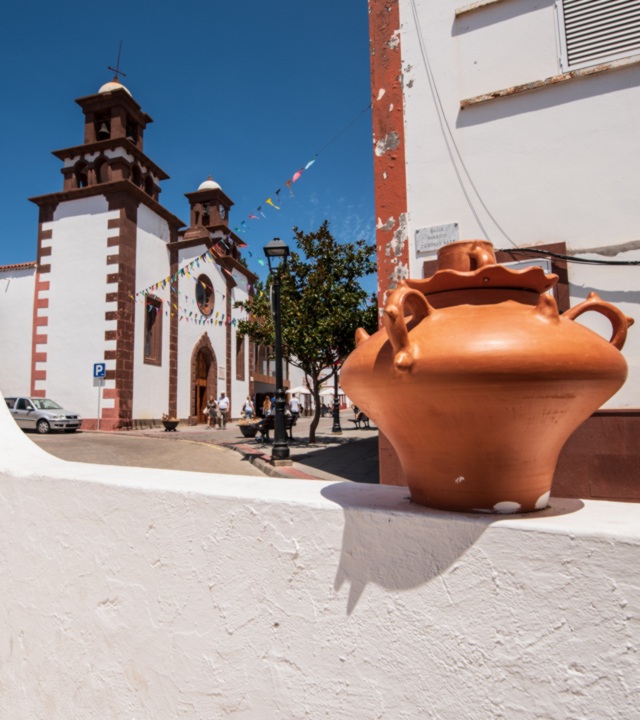
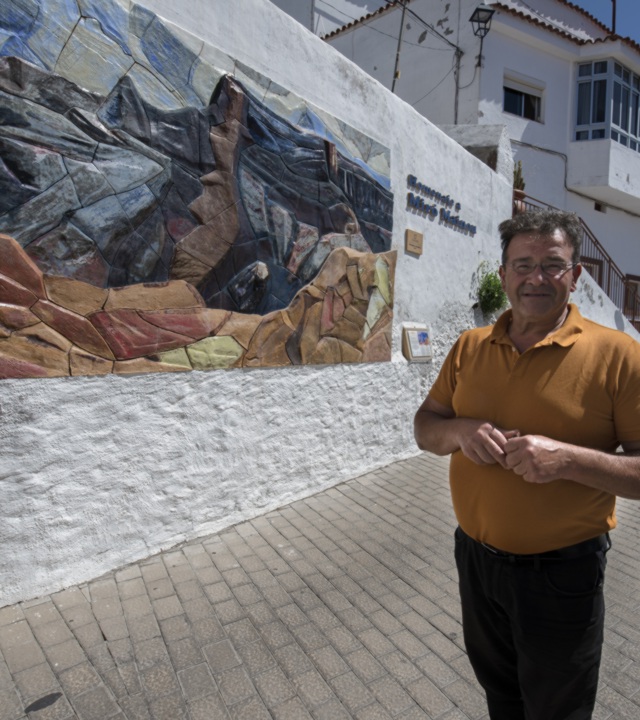
“Mainou used to cook a mean dogfish”, fondly remembers José Antonio Suárez Díaz, also of Artenara, a renowned artisan and stonemason born in the hamlet of Chajunco. “I make wine and grow my vegetables”, says José Antonio, who keeps the village’s close bond with the land , a link that keeps alive an age-old tradition going back to the aborigine population that settled in Acusa, Risco Caído, Tirma or Artenara, and that was preserved by the Castilian and Portuguese farmers that settled in the area after them.
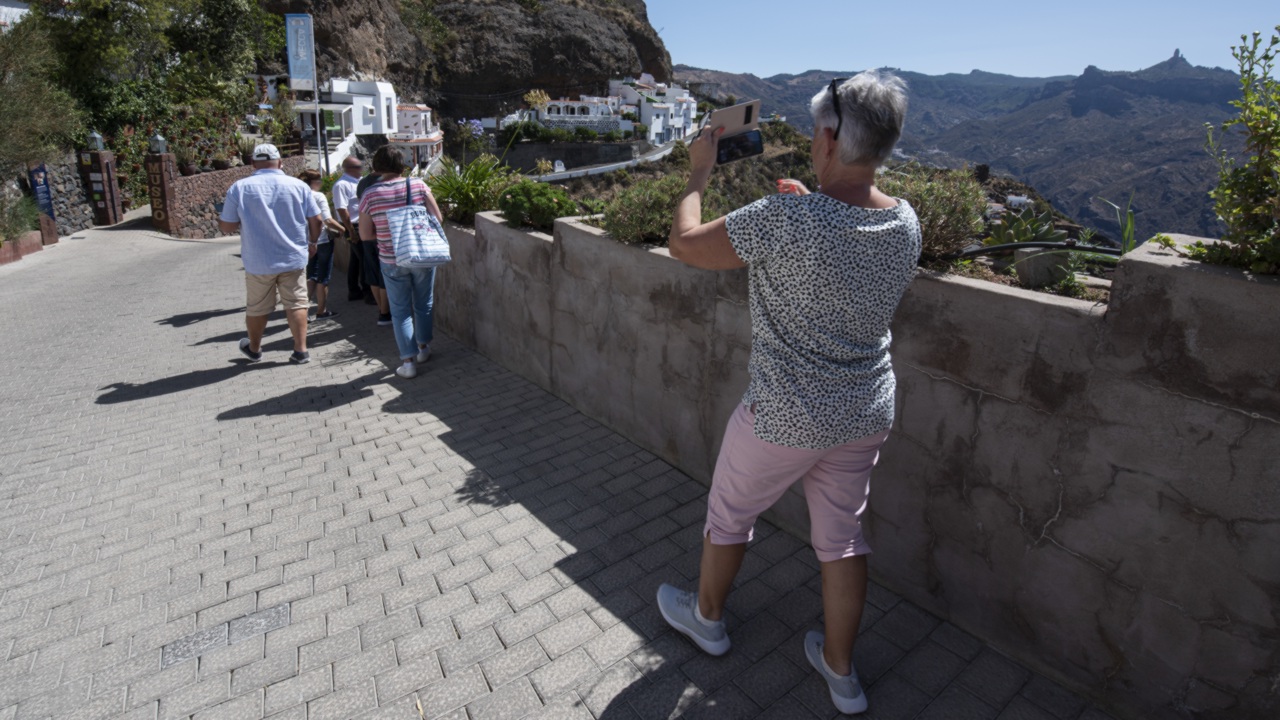
In fact, Artenara is one of those hard-to-find places where past and present go hand in hand. And this happens inside the caves excavated in volcanic rock, the home of the natives of this part of Gran Canaria’s summit since there are men and women, and, therefore, fears, dreams and hopes wandering about this stage made of defeated volcanoes and ravines diving from the heights into the ocean.
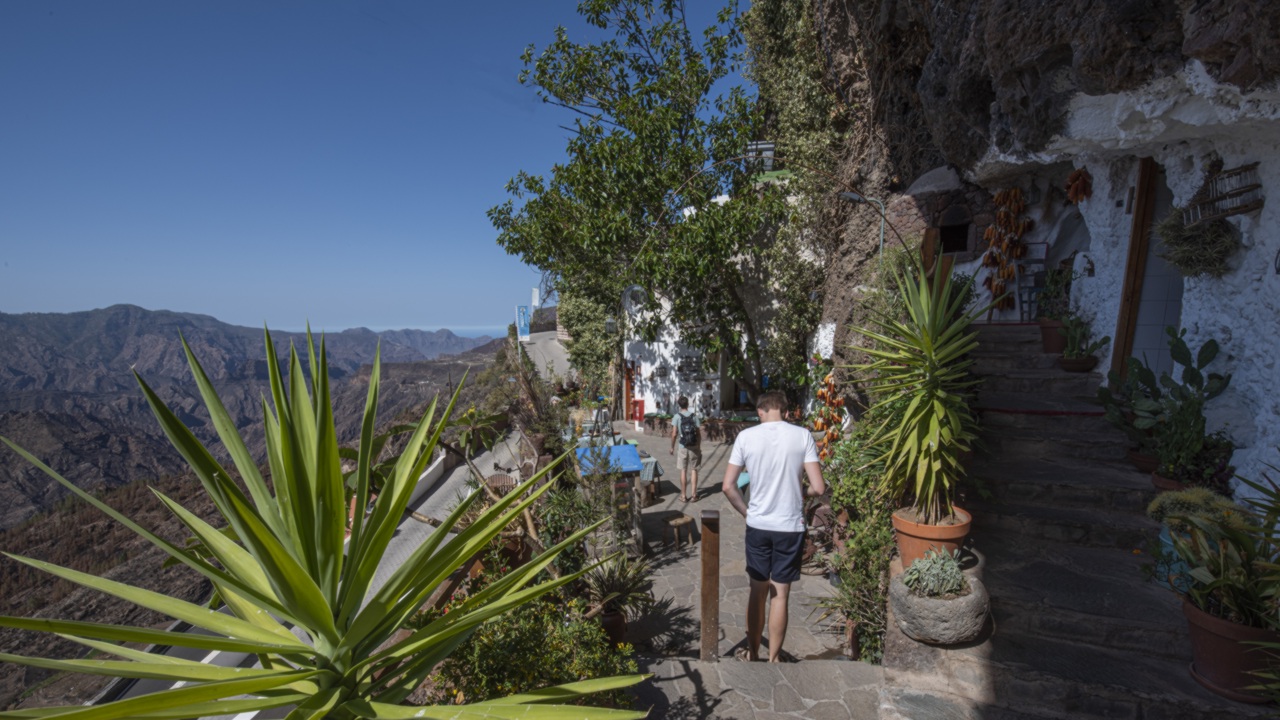
Artenara has always lived in a close relationship with the soul of this impressive landscape. You cannot think of a way of life more in tune with its environment. This symbiosis is clear at the Casas Nuevas Ethnographic Museum, with several rooms dedicated to show how people lived under the rock shelters.
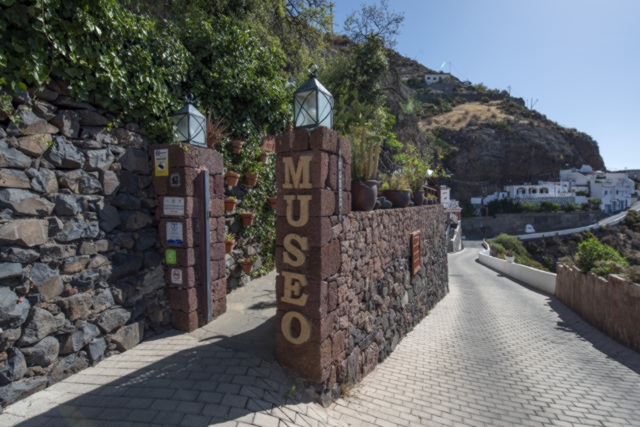
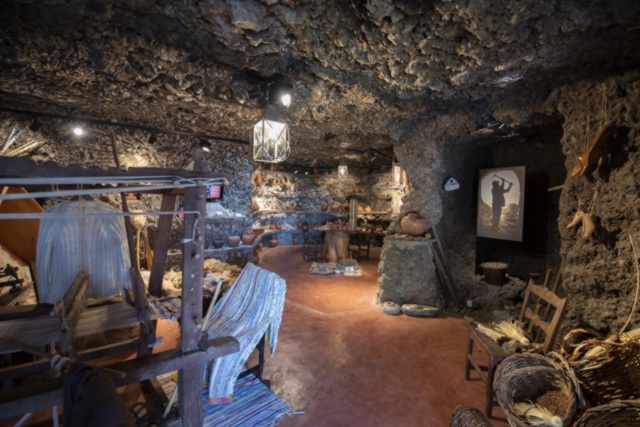
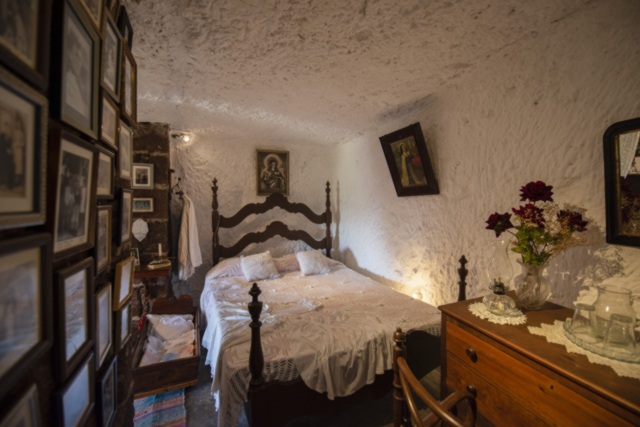
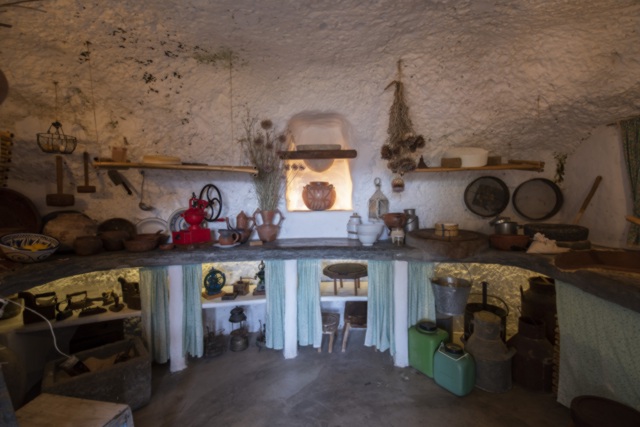
“Really, in Artenara we all live in a cave-home”, says César Agut, voluntary advisor of the local museum. “Artenara is one of the few places that have not lost their soul, and that keep customs and culture that cannot be destroyed”, adds César. The Visitor’s Book is open on the table next to him. “We have fourteen like this one, and there is not one single negative comment”, he says to highlight the satisfaction of visitors who come to the summit, which ends up being one of their own lives’ highest point.
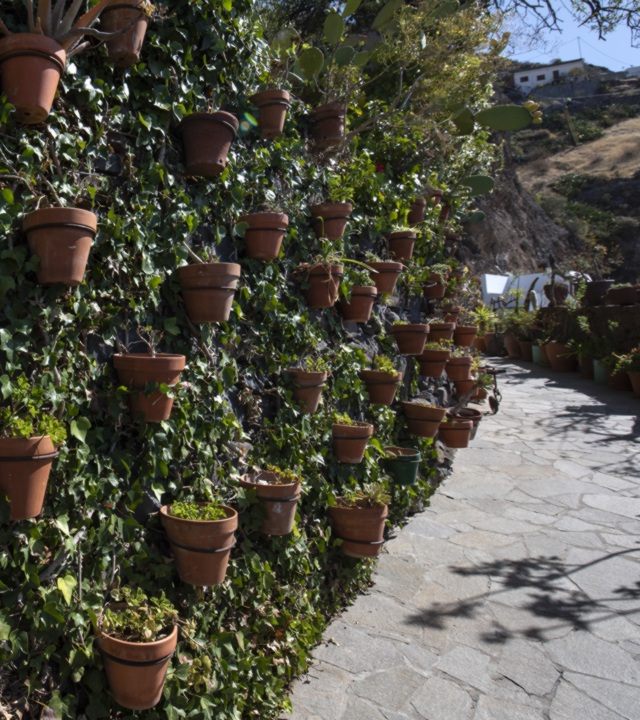
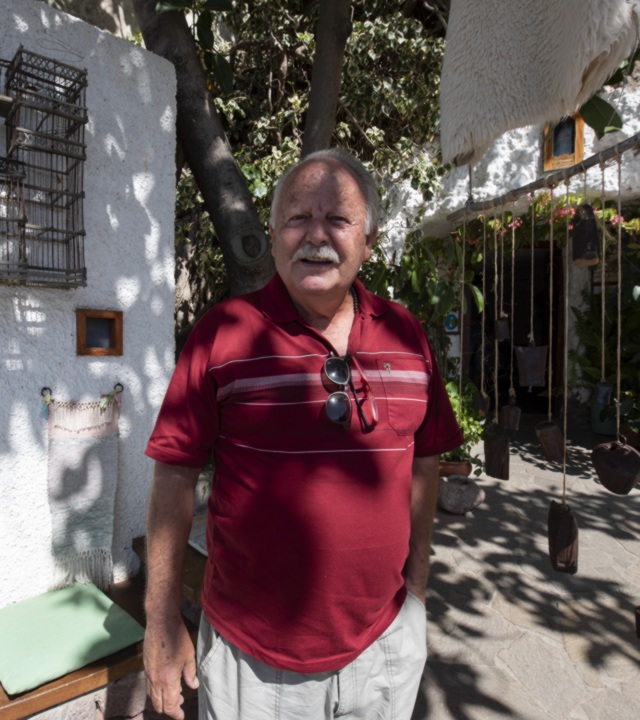
“People value the quiet surroundings, people’s politeness and the way of life”, says Florencia Lescano, who works at the Tourist Information Office, where Casas Cuevas Ethnographic Museum is located. “If I had to choose one work to define all Artenara has to offer would be: genuineness” adds this young professional who thrives to offer the best possible service to every visitor asking for information.
To be honest, the way she works reflects the character of Artenara’s people, has high as their location. “When tourists come into the village, they no longer feel like such, but like any other villager” says Florencia. She can hardly finish her sentence, as a French couple comes into the Office and she walks towards them with a smile, to explain is, rather than a village, a whole universe.
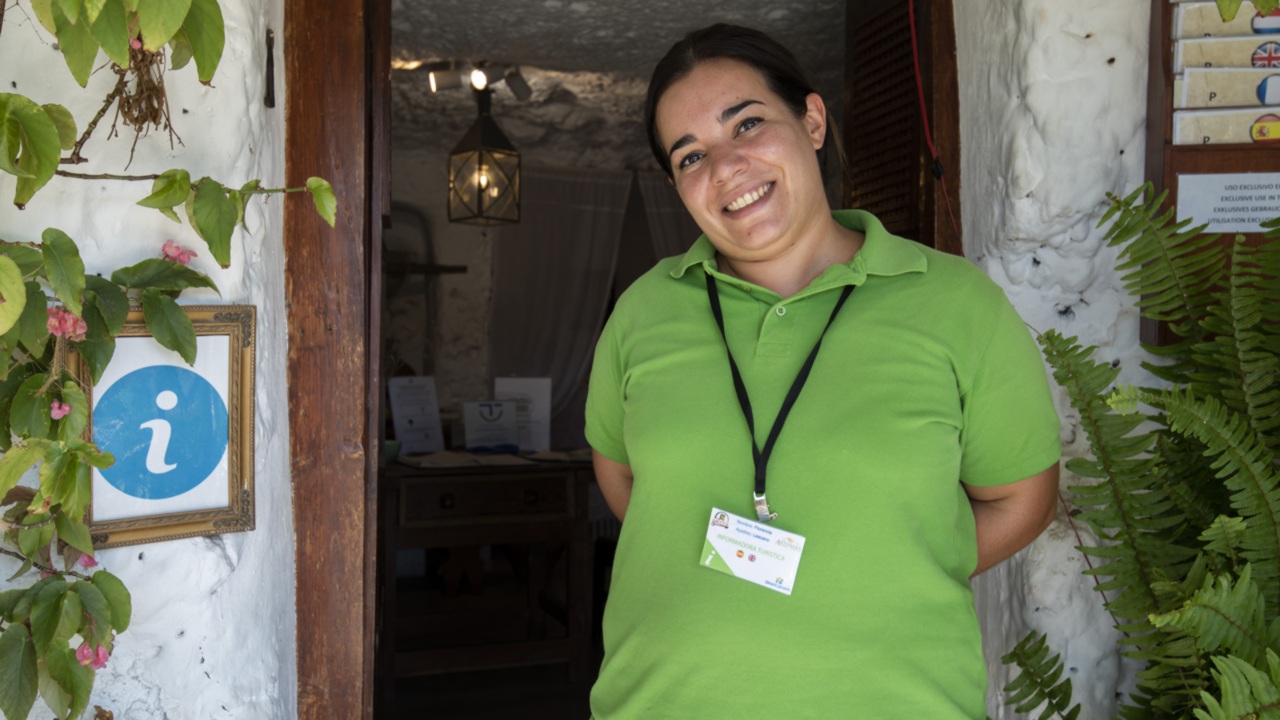
Artenara’s sounds are the snaps in the wine-making cellars, the shepherd’s and cattle whistling and bells, the humming of the bees going back to their beehives and the clatter of the looms. It has the vibrant colours of the sweetcorn, competing with the orange of the sunset, the red of the tomatoes and the ochres of the cheese. The touch of the skilled hands making Lugarejos’ pottery is inherited from the pre-Hispanic society, and made by hand, without mould. Artenara is self-made, in its own singular way.

The path climbs up to Virgen de La Cuevita’s Chapel, because beliefs are also kept in the caves. Fern plants hang inside, and Our Lady is a small figure of eighty centimetres high, which is believed to have come from America by a returning emigrant. The original cavity was hardly large enough for eleven people, but the people’s efforts enlarged this chapel where heaven and salvation are chased from the depths.
In the houses around the Chapel almond oil used to be extracted using the “tralla”, a hand-made press made of almond and pine trees. But before pressing one must grind, toast and knead the almond, and all of these tasks turned into a village gathering where wine and music helped making a product of medicinal properties, also used for massage, where one can feel the soft stroke of time and popular wisdom.
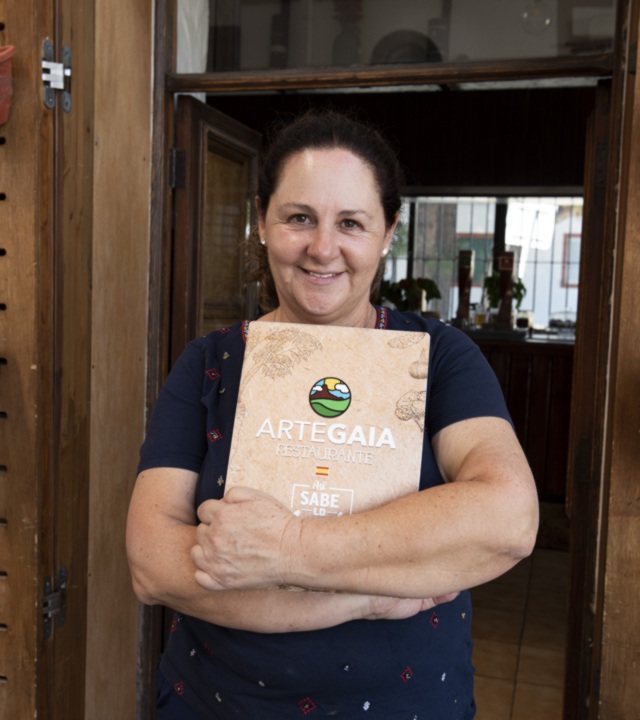
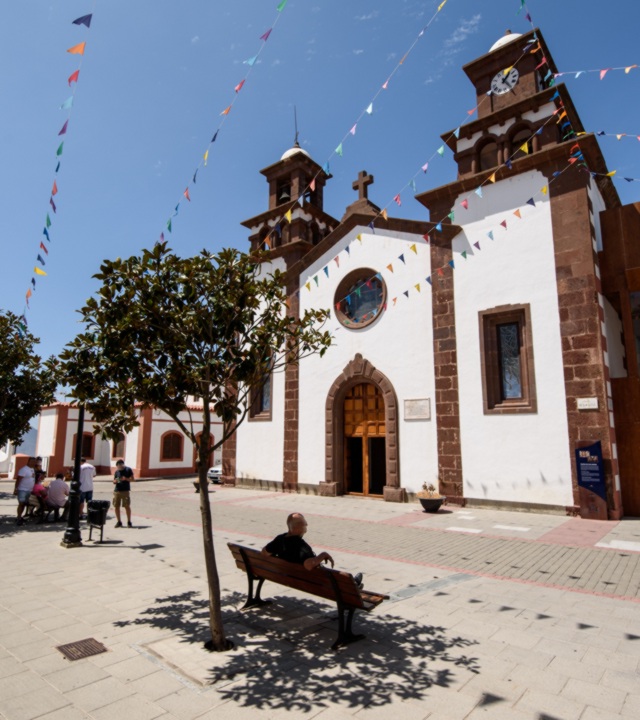
Artenara is also taste. The bars and restaurants present the opportunity to discover tastes and aromas that come out of the cave to stay forever in the visitor’s memory. The local entrepreneur Juanate Gil Falcón proudly shows the village’s flavours at Biotasca Arte-Gaia and at Gastro-Cueva. “Artenara”, she says, “is Gran Canaria’s balcony, and any of the viewpoints gives a chance to see a different Gran Canaria. Here, you loom over a different way of life, because living in the rural world is difficult, and anything you want to do demands an effort.
Juanate’s words are confirmed when the visitor looks up to the edge of town. From Artenara one can see amazing and iconic geological formations, such as Roque Nublo, Sierra and Roque del Bentayga or Mesa de Acusa, amongst other jewels of the summit geography, that leave the visitor speechless. Unless the visitor is one of Spain’s XX century writers, Miguel de Unamuno, who defined the place as “a village of caves hanging from the precipice over the cliff”, and that minted for this volcanic basic the definition of “petrified tempest”. Unamuno’s bronze statue is still witness to this “thunderous commotion of the Earth’s insides”.
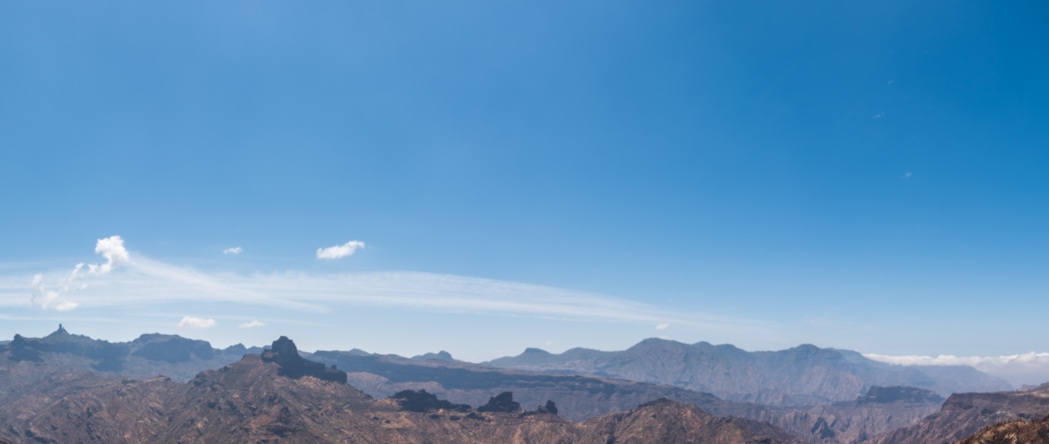
If the visitor’s gaze focuses on the population, the words of XVIII century historian and natural scientist Viera y Clavijo come to mind: “In the middle of a huge mountain one can see holes like birds’ nests. These are a large number of caves in a row, some concave like domes, others of flat ceiling, some with one bedroom, and some of two levels, but all dug in rock, without any light other that through the entrance, cool in summer, warm in winter, where wind and rain cannot reach. Most of them are the work of the ancient Canarian people”.
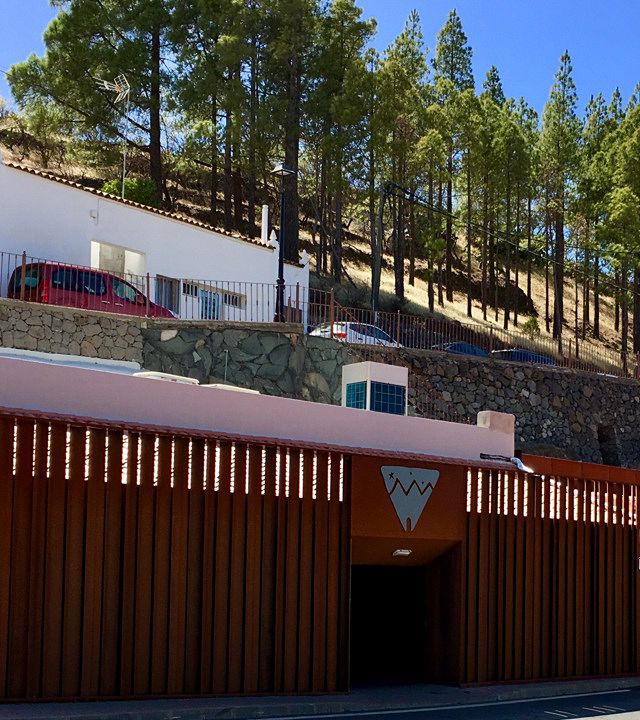
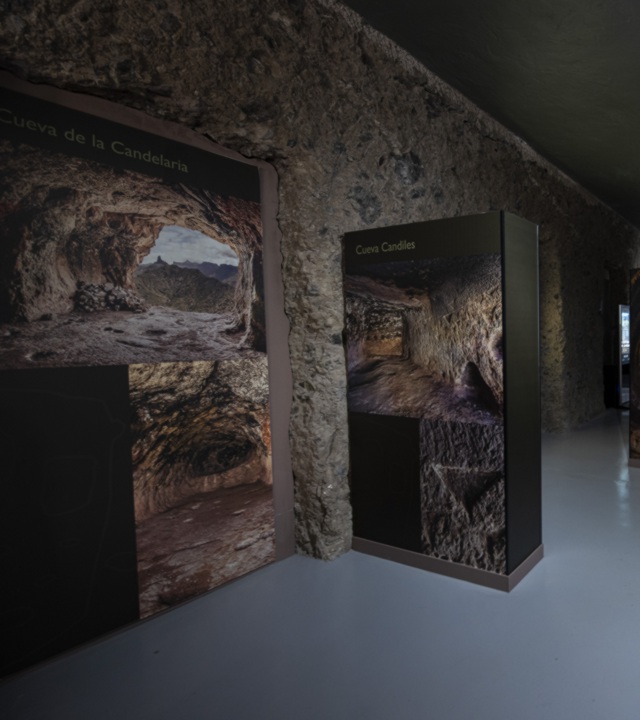
The natural and archaeological values and the heritage concentrated in Artenara are so abundant that the village is an essential part of UNESCO Biosphere Program and of Risco Caido and the Sacred Mountains of Gran Canaria Cultural Landscape, part of UNESCO World Heritage. The latter Interpretation Centre is located in Artenara, highlighting the surrounding’s unique values using different technological devices, to show the way of life of the population in different eras, their beliefs and the building of Risco Caido and its function as temple and solar and lunar calendar.
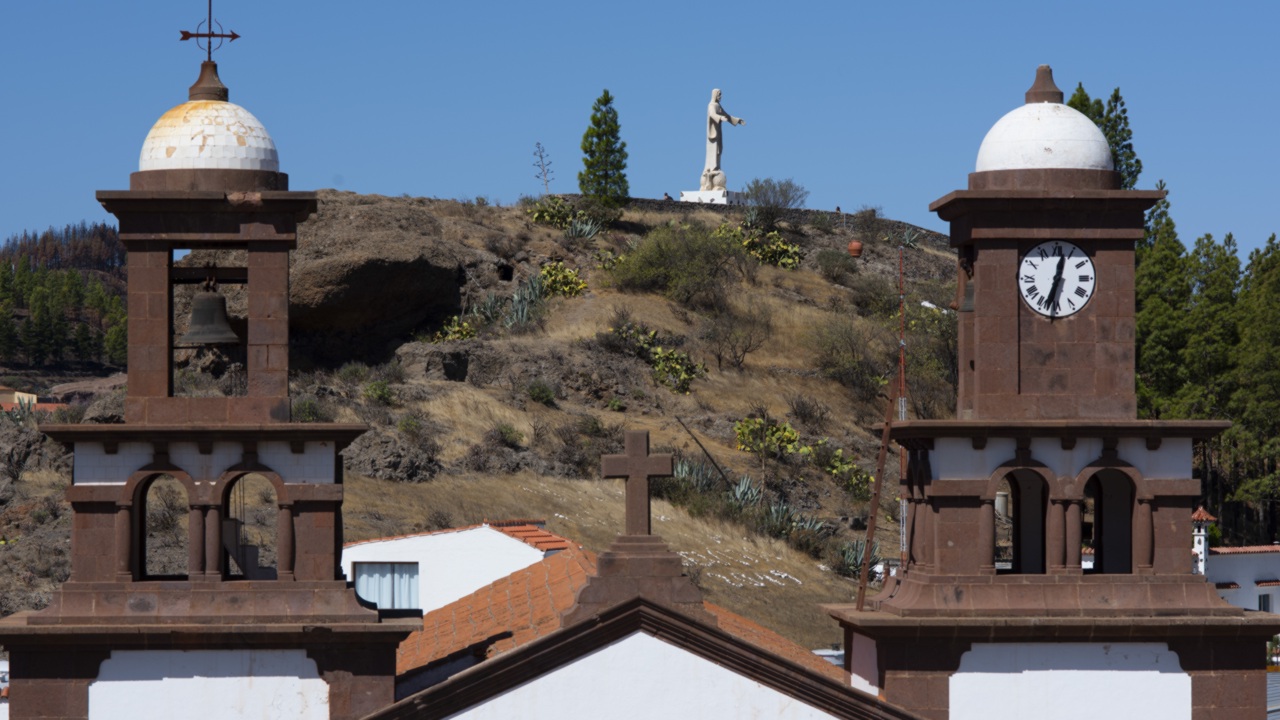
Artenara still inspires itself and others, just like Mainou’s creativity used to do. Its network of viewpoints and sculptures seems to follow the trace left by the volcanoes, leading on to the neo-mudéjar coffered ceiling of San Matias’s Church, living proof of an open and free spirit, like a bird about to fly. In front, a kestrel flies on a sky of blue, from Artenara to eternity.

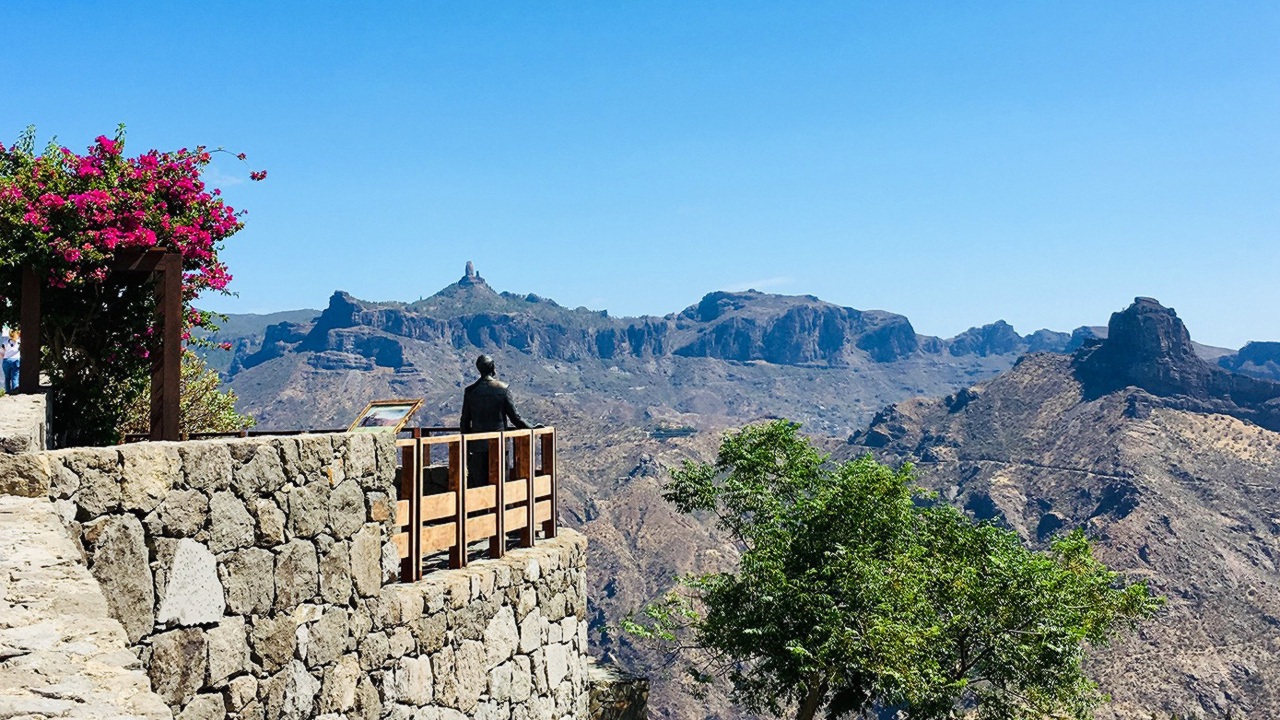
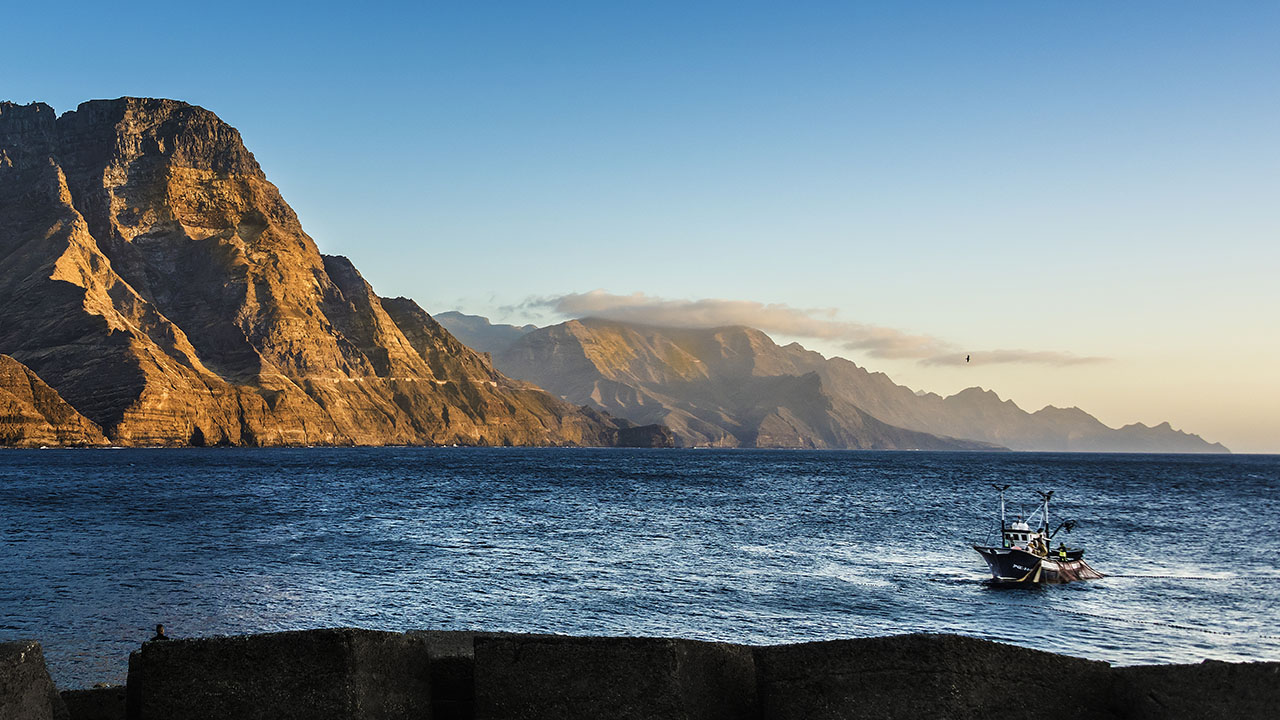
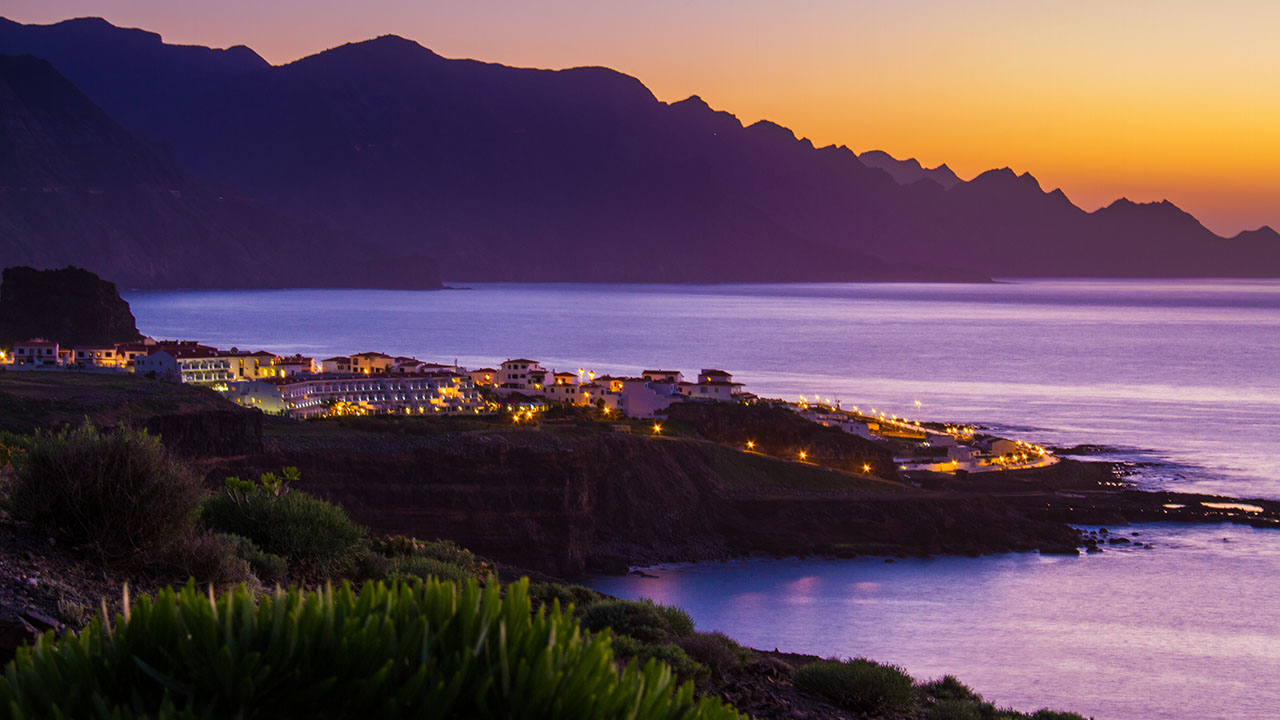
Comments are disabled for this post.